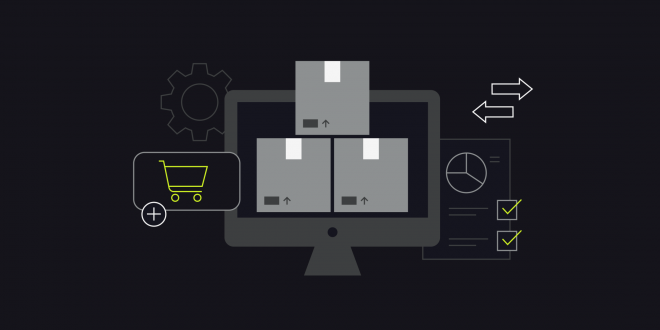The advent of e-commerce has revolutionized the way businesses operate, providing opportunities for both wholesale and retail operations to thrive in the digital landscape. This article explores the distinct yet complementary worlds of wholesale and retail e-commerce, highlighting their unique advantages and the strategies that lead to success in the competitive online marketplace.
- Wholesale E-commerce: Streamlining B2B Transactions
Wholesale e-commerce involves selling goods or services in bulk to businesses rather than individual consumers. This business-to-business (B2B) model provides numerous advantages, including cost savings, efficient order processing, and wider market reach. Wholesale e-commerce platforms empower manufacturers, distributors, and wholesalers to seamlessly connect with retailers and other businesses, simplifying the procurement process and enhancing business relationships.
- Retail E-commerce: Meeting Consumer Demands
Retail e-commerce, on the other hand, focuses on selling products directly to individual consumers. This business-to-consumer (B2C) model enables retailers to showcase their product offerings to a vast online audience, transcending geographical boundaries. Retail e-commerce platforms provide a convenient and personalized shopping experience for consumers, with features like product recommendations, customer reviews, and secure payment options.
- Advantages of Wholesale E-commerce
a. Cost-Effective Sales: Wholesale e-commerce reduces sales expenses by automating order processing and reducing the need for traditional sales teams. b. Global Market Access: Businesses can expand their reach beyond local markets, accessing potential clients and partners worldwide. c. Improved Inventory Management: Real-time inventory tracking ensures better control over stock levels, reducing the risk of overstocking or stockouts.
- Advantages of Retail E-commerce
a. Direct Consumer Interaction: Retail e-commerce allows businesses to engage directly with consumers, gaining valuable insights into their preferences and behavior. b. Brand Building and Loyalty: Retailers can establish and strengthen their brand image through engaging content, personalized offers, and exceptional customer service. c. Diverse Revenue Streams: Retail e-commerce opens avenues for multiple revenue streams, including cross-selling, upselling, and subscriptions.
- Combining Wholesale and Retail E-commerce
Some businesses successfully leverage both wholesale and retail e-commerce models. This approach, known as hybrid e-commerce, enables businesses to cater to both B2B and B2C customers, diversifying revenue streams and maximizing market reach. For instance, a manufacturer can offer bulk orders to retailers through wholesale e-commerce while simultaneously selling individual items directly to consumers through a retail e-commerce platform.
- Key Strategies for E-commerce Success
a. User-Friendly Websites: Design intuitive and mobile-responsive websites with easy navigation and a secure checkout process for a seamless user experience. b. Digital Marketing: Utilize SEO, social media, email marketing, and paid advertising to drive traffic and attract potential customers. c. Customer Engagement: Foster strong relationships with customers through personalized communication, prompt customer service, and loyalty programs. d. Data Analytics: Use data analytics to gain insights into customer behavior, optimize inventory management, and make data-driven decisions for business growth.
Wholesale and retail e-commerce are two essential pillars of the digital economy, each serving distinct purposes in the online marketplace. Businesses can harness the advantages of both models by adopting hybrid e-commerce strategies. By prioritizing user experience, leveraging digital marketing, and embracing data analytics, businesses can thrive in the dynamic world of e-commerce, reaching a global audience and building profitable relationships with both business partners and consumers alike.
 Blogmado Empower Your Wealth: Expert Insights for Success
Blogmado Empower Your Wealth: Expert Insights for Success



